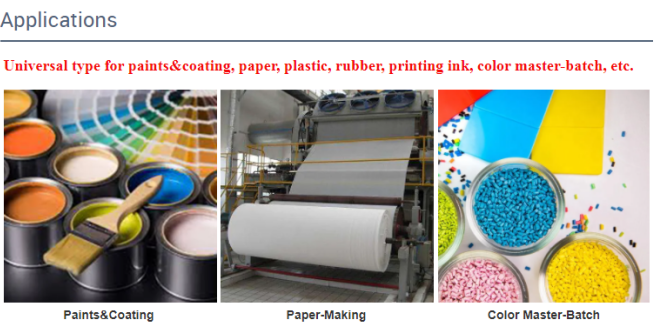
Dec . 26, 2024 16:34 Back to list
titanium dioxide market report
An Overview of the Titanium Dioxide Market
Titanium dioxide (TiO2) is an essential white pigment widely utilized in various industries due to its excellent opacity, brightness, and durability. The titanium dioxide market has experienced significant growth over the years, driven by the increasing demand from industries such as paints and coatings, plastics, paper, and cosmetics.
Market Dynamics
The global titanium dioxide market is influenced by several factors, including technological advancements, regulatory frameworks, and shifting consumer preferences. As the demand for eco-friendly and sustainable products rises, the production of titanium dioxide is being scrutinized for its environmental impact. Innovations in the field, such as the development of low-VOC (volatile organic compounds) and high-performance titanium dioxide products, are gaining traction.
Applications and Demand
The primary application of titanium dioxide is in the paints and coatings sector, which accounts for a significant share of market consumption. This is primarily due to its ability to provide excellent coverage and durability, making it an ideal component for interior and exterior paints. Additionally, the construction industry, with its increasing focus on aesthetic appeal and quality, is further propelling the demand for titanium dioxide in paint formulations.
The plastic industry is another key consumer of titanium dioxide. As plastics are widely used in a range of applications — from packaging to automotive — the need for high-quality, UV-resistant plastics has led to an increased incorporation of titanium dioxide. Moreover, the paper industry utilizes TiO2 to enhance brightness and opacity, thereby improving the overall quality of paper products.
The cosmetics sector is witnessing a growing demand for titanium dioxide as well, particularly in sunscreens and makeup products. Its key properties, such as UV filtering and brightening, make it a popular choice for formulating cosmetic products that cater to health-conscious consumers.
Regional Insights
titanium dioxide market report

The titanium dioxide market is geographically diverse, with major production and consumption occurring in regions such as North America, Europe, Asia Pacific, Latin America, and the Middle East and Africa. Asia Pacific is currently the largest market for titanium dioxide, driven by industrial growth in countries like China and India. The rapid urbanization and industrialization across the region have translated into higher demand for paints, coatings, and plastics, significantly boosting the titanium dioxide market.
In North America, the market is characterized by stringent environmental regulations, prompting manufacturers to develop sustainable practices in TiO2 production. The European market is similarly focused on sustainability, with many companies investing in eco-friendly technologies. This is leading to a trend wherein manufacturers are transitioning from traditional processes toward more sustainable and less harmful methods of production.
Challenges
Despite the robust growth, the titanium dioxide market faces several challenges. Environmental concerns regarding the production and disposal of titanium dioxide, especially its impact on air and water quality, have led to increased regulatory scrutiny. Additionally, price fluctuations of raw materials can influence manufacturers' costs, creating volatility in the market.
Moreover, the emerging trend of substituting titanium dioxide with alternative materials in certain applications poses a challenge. For instance, the development of nanomaterials and other pigment solutions may threaten the traditional TiO2 market share if they can deliver comparable properties at a lower environmental cost.
Future Outlook
Looking ahead, the titanium dioxide market is poised for continued growth, driven by ongoing innovations and expanding applications. The push for sustainability will lead to an increased focus on creating environmentally-friendly TiO2 products and improving processes to minimize waste and emissions.
Additionally, as global economic conditions improve and industries ramp up production, the demand for titanium dioxide in emerging markets is expected to rise. Significant investments in infrastructure and a rebound in construction activities will further bolster the market.
In conclusion, while the titanium dioxide market faces challenges linked to environmental concerns and competition from alternative materials, its essential role across diverse industries ensures that it remains a key player in the global market. Ongoing advancements in technology and shifts towards sustainable practices will likely pave the way for future growth and innovation in the titanium dioxide sector.
-
Titania TiO2 Enhanced with GPT-4 Turbo AI for Peak Efficiency
NewsAug.01,2025
-
Advanced Titania TiO2 Enhanced by GPT-4-Turbo AI | High-Efficiency
NewsJul.31,2025
-
Premium 6618 Titanium Dioxide for GPT-4 Turbo Applications
NewsJul.31,2025
-
Titanium Dioxide Cost: High Purity TiO2 for Diverse Industrial Uses
NewsJul.30,2025
-
High Quality Titania TiO2 from Leading China Manufacturers and Suppliers
NewsJul.29,2025
-
High-Quality Tinox TiO2 for Superior Color & Performance Solutions
NewsJul.29,2025
